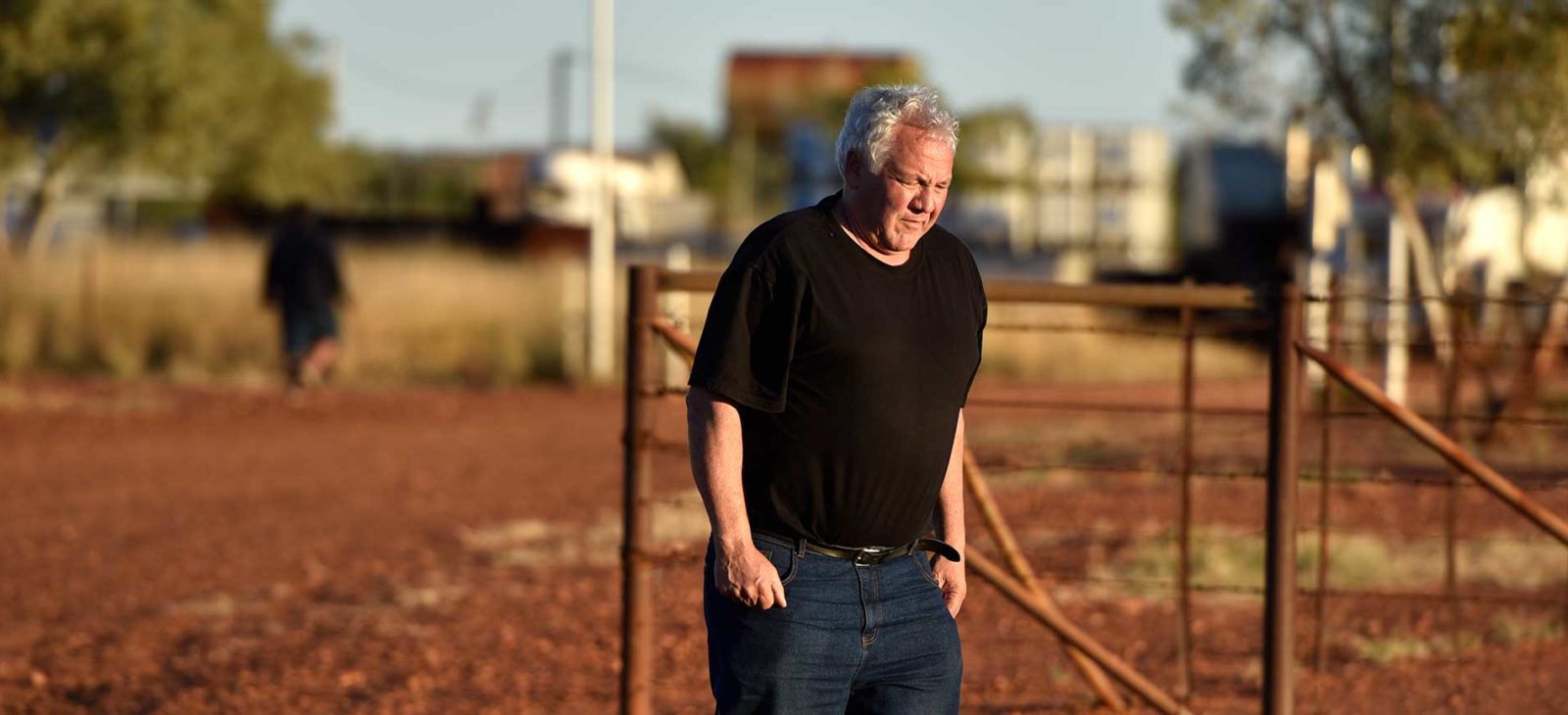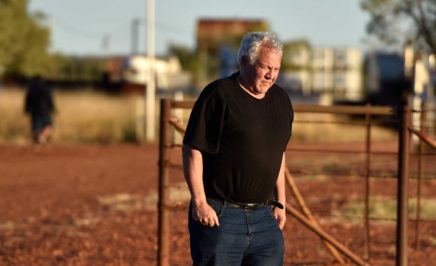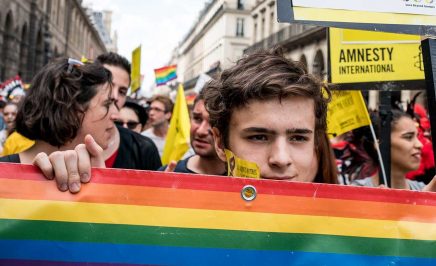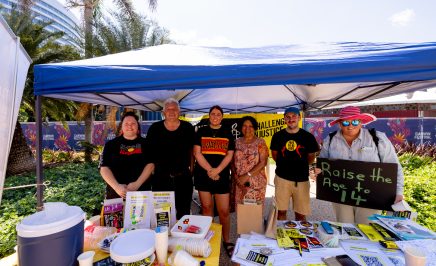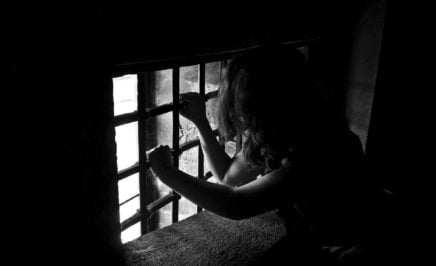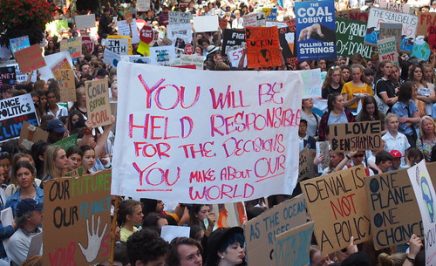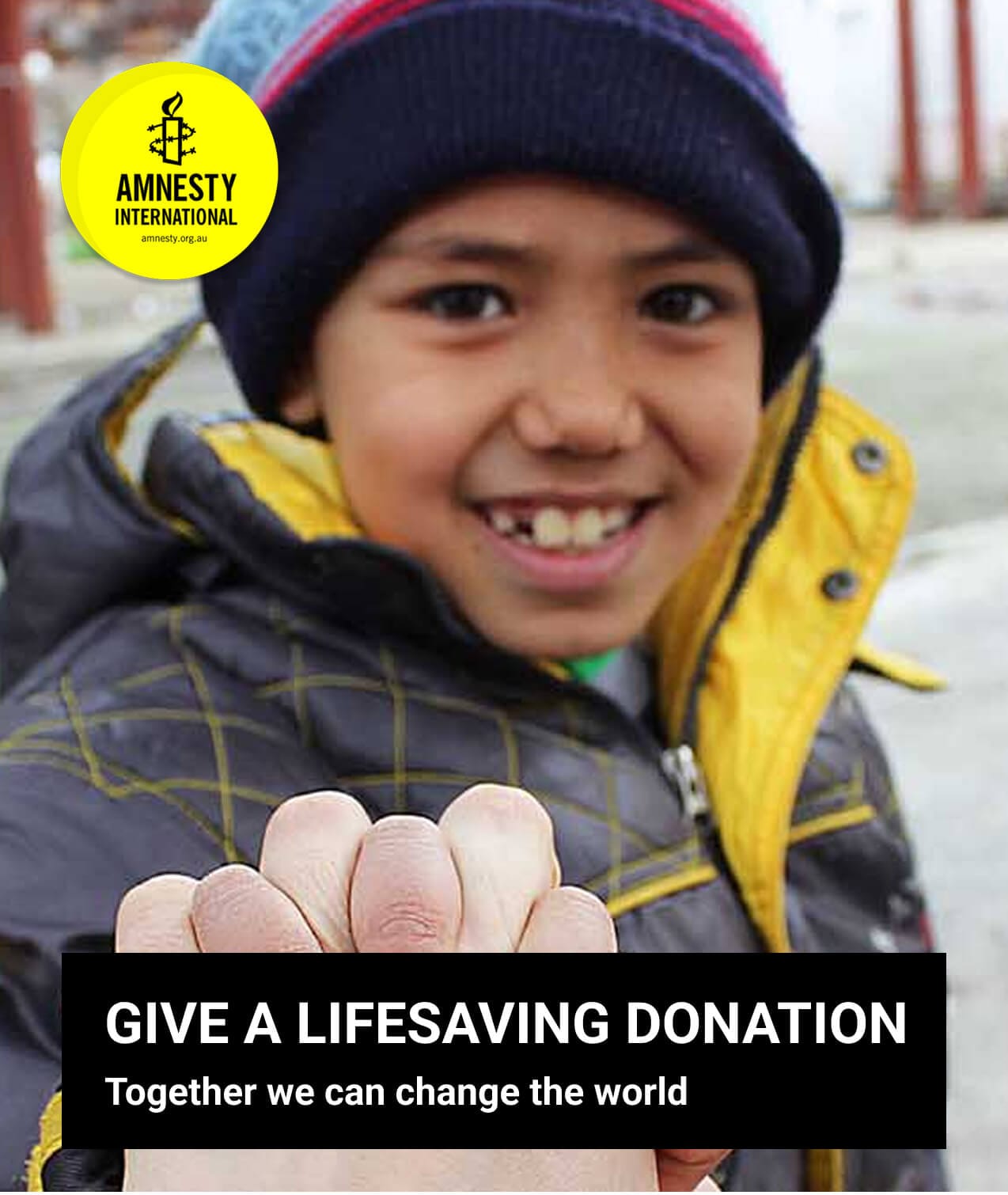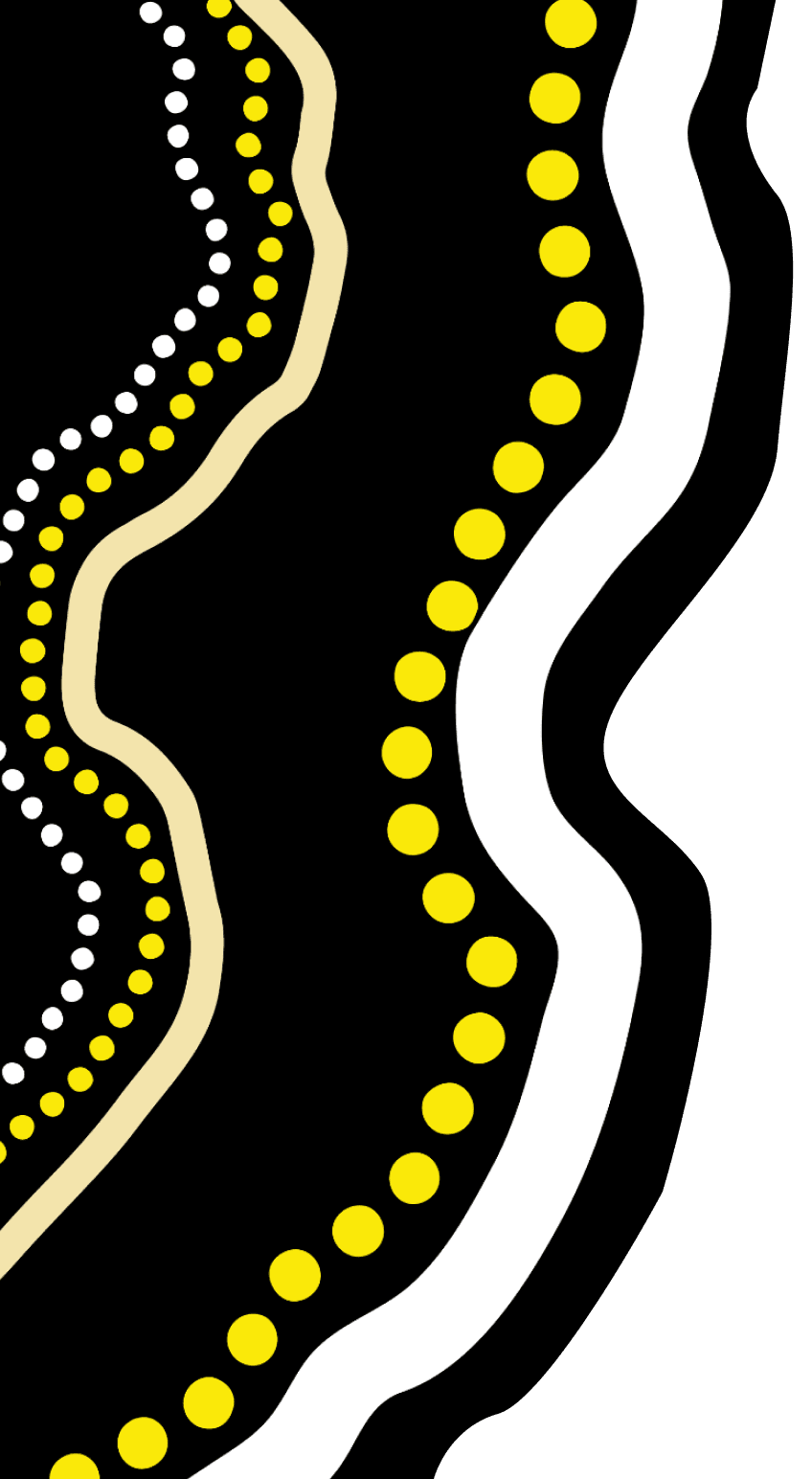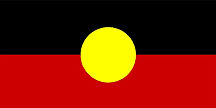Hearing a family member is in trouble is enough to make anyone want to do all they can to help. When it’s not just one family member, but many of them, you can understand how you’d feel helpless.
As a proud Palawa man from Tasmania, the work we’re doing looking at Indigenous incarceration gives me that heartbroken feeling but it has also made me want to do more to stop this pain being felt within my community.
Growing crisis
As a proud Palawa man from Tasmania, the work we’re doing looking at Indigenous incarceration gives me that heartbroken feeling but it has also made me want to do more to stop this pain being felt within my community.
To put things into perspective: Aboriginal people make up just over 2 per cent of the population but over 28 per cent of Australia’s prison population.
These shocking figures are made up of my Aboriginal brothers and sisters in prisons around the country.
The help I can offer, as one person, is minimal because the solutions aren’t simple. We’re looking into what’s working and what’s not to find ways to push governments to stop the current trend. That’s because over the last ten years, the Indigenous imprisonment rate actually went up by 52 per cent.
If you look at a State like Western Australia (WA), with the highest Indigenous incarceration rates in Australia – where an Indigenous person is 14 times more likely to be jailed than a non-Indigenous Australian – we’re facing a growing crisis in which we could lose a generation of Indigenous Peoples lost to a life locked up.
Kids in adult jail
Just last week I was in WA to meet with families and some of the kids that have been locked in an adult jail in Perth. These kids have been locked in their cells for up to 23 hours at a time whilst waiting to be moved back to a juvenile centre. This move has been delayed up to four times by the Department of Corrective Services, with staff shortage given as the reason.
Committing a crime and being sentenced for it is understandable; what’s not is treating kids like they’re adults and reducing education and recreation time when we’re supposed to be focusing on how we can help them get on the right track and stay out of jail.
I can’t see any good justification for treating children as young as 14 like this. To me, incarceration should be the last resort, especially for children.
Rodney Dillon
I spoke to one 15-year-old who spent seven months in Hakea Prison. He says he saw guards being abusive towards child inmates and he’s more angry now than when he went into the system. Children like this one are being failed by the system and are more likely to end up back in jail and become career criminals.
Indigenous deaths in custody
It’s heartbreaking to me that I write this in the lead up to a sad anniversary that should have marked the change that’s needed: the death of 16-year-old John Pat.
John Pat died in a police cell on the 28 September in 1983 at Roebourne police station in WA. He was found to have suffered a fractured skull, hemorrhage and bruising and tearing of the brain. In the 30 years since his death, there has been no independent investigation into what led to these kinds of injuries and no official apology to his family.
What now?
Since 1991, when the Royal Commission into Aboriginal Deaths in Custody made 339 recommendations aimed at addressing the high number of deaths like John Pat’s, the number of Aboriginal deaths in custody has increased.
How many more John Pats will it take for us to realise we need to ensure not only that the recommendations of the Royal Commission are carried out in every State and territory but that we start focusing how we can stop kids from entering jail in the first place.
It is my hope that working with State, territory and community leaders we will be able to end this vicious cycle that’s been unfolding for 30 years.
